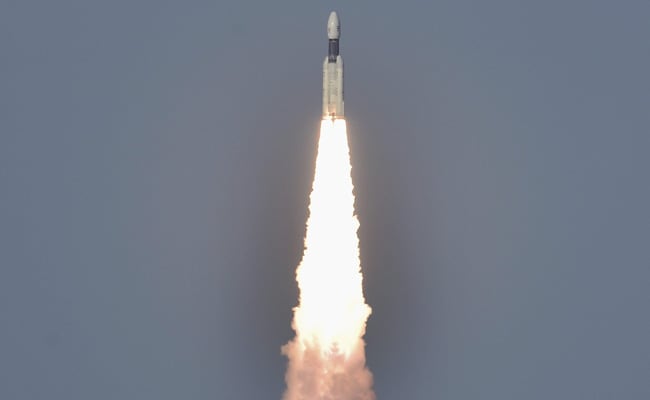GSLV -MK III D1 IS SUCCESSFULLY SET IN TO ORBIT
WHOLE NATION BOW DOWN TO ISRO 30YRS EFFORT
Facts about
GSLV-MK III D1 rocket:
- This is
India's first fully functional rocket to be tested with a cryogenic engine that
uses liquid oxygen and liquid hydrogen.
- GSLV-MK
III D1 rocket weighs equal to five fully loaded jumbo jets.
- The rocket
is designed to carry heavier communication satellites.
- This is
the heaviest rocket India has developed so far.

• The
rocket, weighing 640 tonnes and standing 43.43 metres tall, blasted off from
the second launch pad at India’s rocket port at Satish Dhawan Space Centre in
Sriharikota in Andhra Pradesh at 5:28pm. It carried a 3,136-kg GSAT-19
communications satellite – the heaviest to be lifted by an Indian rocket till
date – to an altitude of around 179km above the Earth after just over 16
minutes into the flight.
• The
rocket’s main and bigger cryogenic engine has been developed by space
scientists indigenously. It will help India get a greater share of the
multi-billion dollar global space market and reduce dependency on international
launching vehicles.
It will also
enable ISRO to launch from India heavier communications spacecraft to
geostationary orbits of 36,000 km. Because of the absence of a powerful
launcher, ISRO currently launches satellites above 2 tonnes on European rockets
for a big fee.
• The
GSAT-19, with a lifespan of 10 years, is a multi-beam satellite that will carry
Ka and Ku-band payload along with a Geostationary Radiation Spectrometer
(GRASP) payload to monitor and study the nature of the charged particles and
influence of space radiation on spacecraft and electronic components.

It would also employ advanced spacecraft technologies including bus subsystem experiments in the electrical propulsion system, indigenous Li-ion battery and indigenous bus bars for power distribution, among others.

It would also employ advanced spacecraft technologies including bus subsystem experiments in the electrical propulsion system, indigenous Li-ion battery and indigenous bus bars for power distribution, among others.
• ISRO had
flown a similar rocket without the cryogenic engine but with 3.7-tonne payload
in 2014 mainly to test its structural stability while in flight and the
aerodynamics. S Somanath, director of the Liquid Propulsion Systems Centre,
told IANS that the inputs of the 2014 mission enabled the ISRO to reduce the
rocket load by around 20%.
• GSLV-Mk
III, at around 43 metres, is slightly shorter than Mk-II version that is around
49 metres tall. “The new rocket may be slightly short but has more punch
power,” an ISRO official told IANS.
• India
presently has two rockets -- the Polar Satellite Launch Vehicle and GSLV-Mk II --
with a lift-off mass of 415 tonnes and a carrying capacity of 2.5 tonnes.
Earlier in May, India successfully launched
the South Asia Satellite, intended to serve “economic and developmental
priorities” of South Asian nations, using its heavy rocket Geosynchronous
Satellite Launch Vehicle (GSLV-F09).
• India has
two rockets – the Polar Satellite Launch Vehicle and GSLV-Mk II – with a
lift-off mass of 415 tonnes and a carrying capacity of 2.5 tonnes.
Prime Minister Narendra Modi congratulates ISRO scientists- Congratulations to the dedicated scientists of ISRO for the successful launch of GSLV – MKIII D1/GSAT-19 mission.- The GSLV – MKIII D1/GSAT-19 mission takes India closer to next generation launch vehicle and satellite capability. The nation is proud.
- RAGHAVA... SALUTES
Comments
Post a Comment